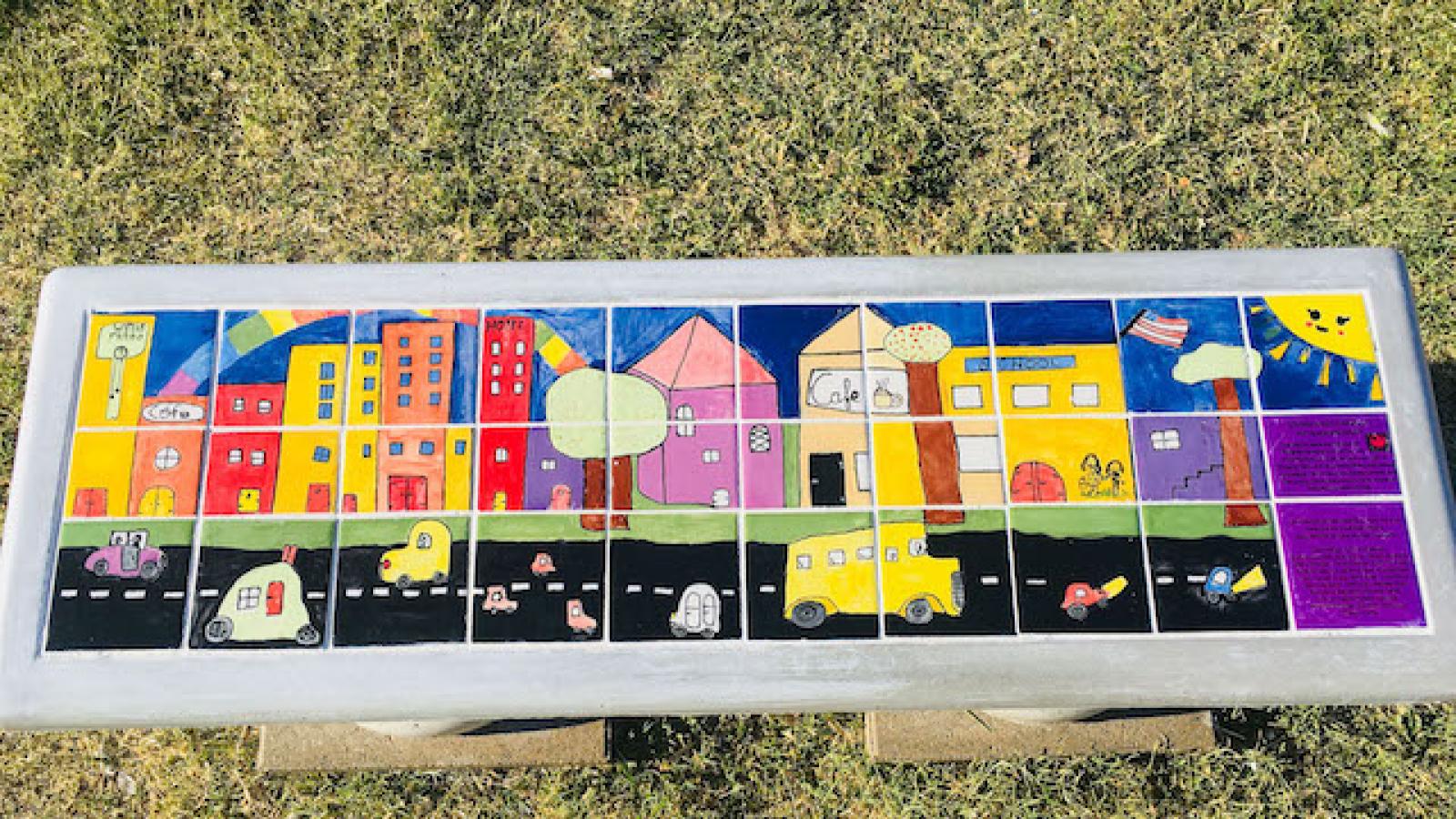National Endowment for the Arts Grant Spotlight: Phoenix Office of Arts and Culture Neighborhood Grants Program

Founded in 1984, the Phoenix Office of Arts and Culture (POAC) was established to manage the city’s public art collection. In the last 35 years their mission has expanded considerably, growing to include grantmaking, arts programming, and the management of cultural facilities, among other activities. But while the scope of its mission may have grown, the heart of that mission remains the same: to make a positive impact on city through the arts. As Executive Director Mitch Menchaca explained, “We like to say that we are here to enhance the quality of life [in Phoenix], and make Phoenix a great place to work, live, and visit.”
Through the National Endowment for the Arts-supported Neighborhood Grants Program, the local arts agency has expanded its reach to include more than just the arts and culture community. As Menchaca described, “[The Neighborhood Grants Program] reaches neighborhoods and council districts that our traditional grant program doesn’t connect with.” He further explained that, as in many other cities, formal arts organizations tend to cluster in the city core. But while outlying areas might not have a local arts organization, many will have neighborhood associations or homeowners associations. The Neighborhood Grants Program gives POAC a way to empower these non-arts organizations to provide their communities with quality arts experiences.
A recent project took place in the city’s West Side neighborhood and involved the community council, the local library, and the art club at a local art school. With support from the Neighborhood Grant Program, the partners tackled a project that resulted in the creation of outside reading spaces. The new benches played a dual role: they acted as a public showcase of student creativity while also engaging the students with their community’s history and empowering them to think about its future.
In addition to funding discrete arts projects through these neighborhood grants, POAC is also able to work with non-arts organizations to build their capacity to take on this type of cultural work. In partnership with the city’s Neighborhood Services Department, POAC first identifies and makes contact with neighborhood organizations that might be a good fit for the program. They not only educate prospective applicants on the nature of the Neighborhood Grants Program, but the staff also has leeway to work with those applicants on their draft proposals. Consequently, most applicants are able to submit successful applications and receive funding.
Another outcome of the Neighborhood Grant Projects is that it enables the arts council to partner with and get to know other municipal offices. For example, a previous iteration of the program, which focused on community arts projects in parks, fostered a partnership between POAC and Phoenix’s Office of Parks and Recreation. As Menchaca put it, “If we’re trying to foster collaborations outside of City Hall, we should also be collaborating within City Hall.”
Menchaca credits funding from the National Endowment for the Arts as being integral to the success of the program. He explained that without federal support, the Neighborhood Grants Project could only be funded if the arts council cut funding from other grantmaking projects. “The NEA grant has really allowed us to be able to do some… new work we’ve only thought about, [and] it’s given us an investment to not take away from the current grant cycle,” he said.
According to Menchaca, while the Neighborhood Grants Program is targeted to non-arts organizations, there’s a lot that it can teach the city’s arts organizations c, particularly how to better and more deeply serve their individual communities. “So often in our grantmaking we’ll see that a small-budgeted, nonprofit arts organization says that they are serving every resident of the City of Phoenix… but Phoenix has 1.6 million people, it’s 520 square miles, so how are your small-budgeted nonprofits hitting that? We want them to think a little bit more targeted about what community they’re in. [We want to learn] how can POAC bring education that we’re learning from other [city] departments or non-arts organizations to our arts grantees and artists to say, ‘These are the real challenges within your neighborhood, within your district, within your community.”




